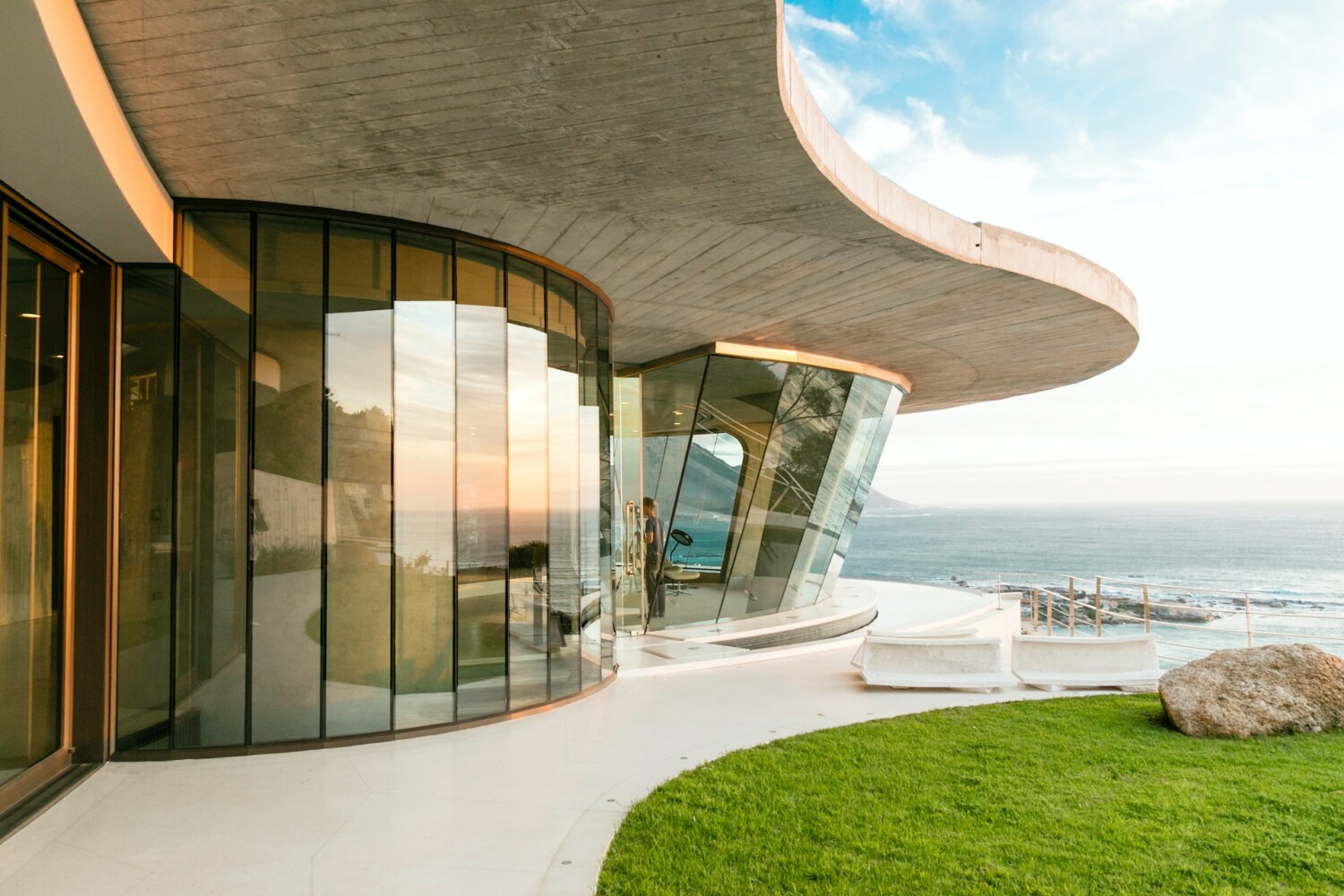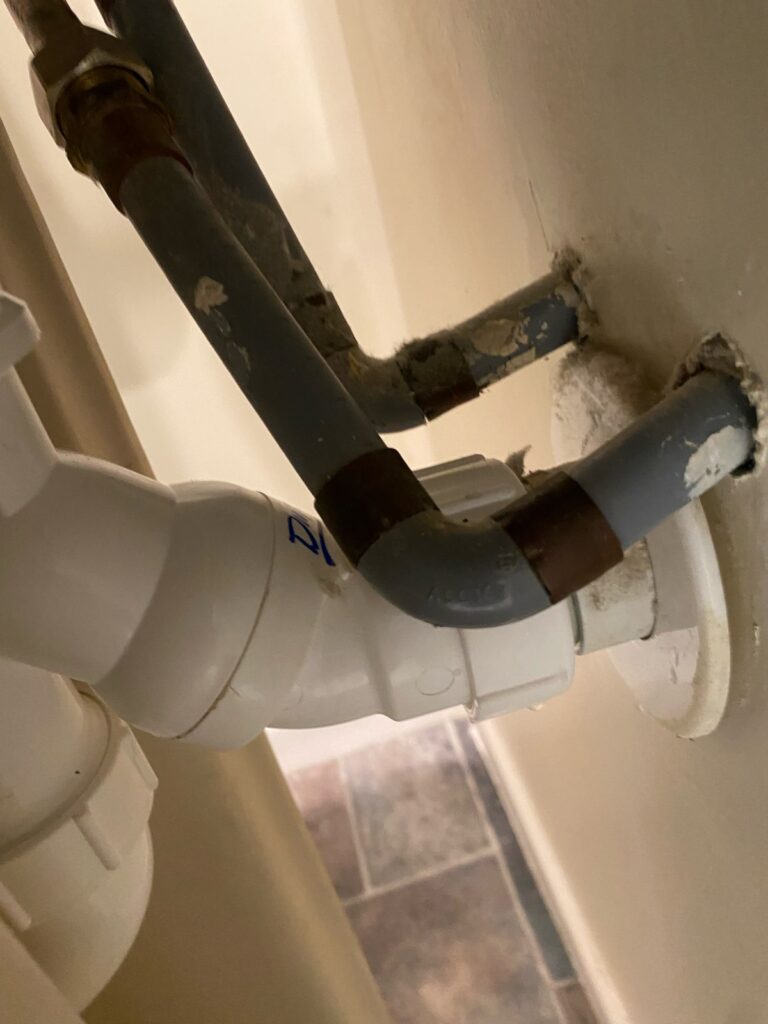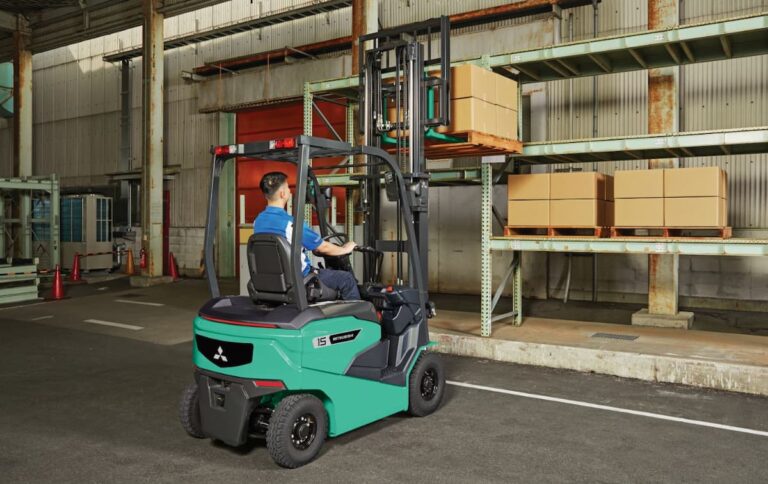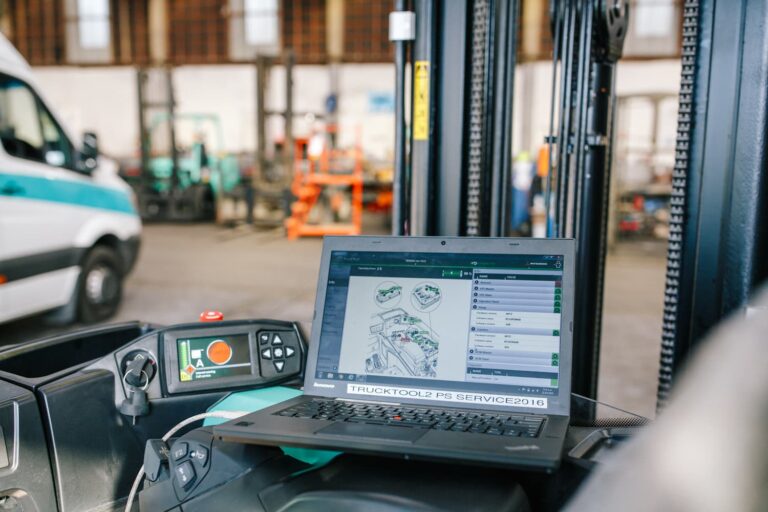3D-Printed Housing: Kiwi Ingenuity in the Waikato
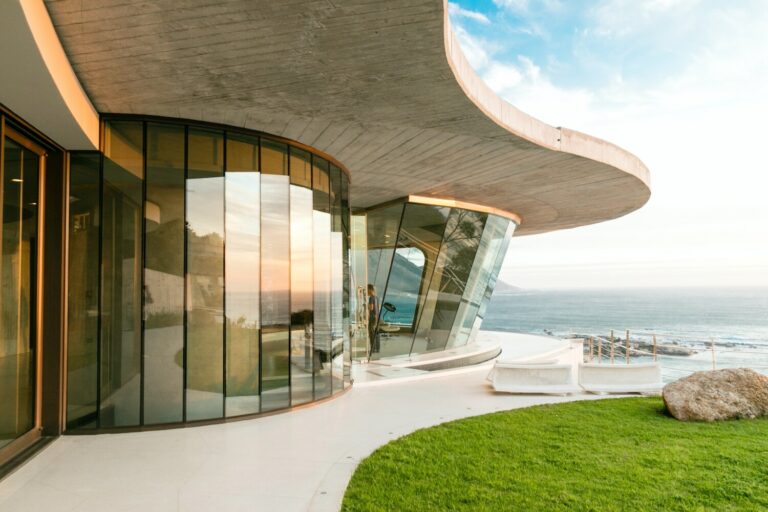
The landscape of construction is evolving, and at the forefront of this revolution is the groundbreaking technology of 3D-printed housing. In recent years, architects, engineers, and innovators worldwide – as well as right here in New Zealand – have been exploring the possibilities of using 3D printing to construct homes quickly and efficiently.
This article delves into the workings of 3D-printed housing, exploring the technology, its benefits, and the transformative impact it holds for the future of construction.
The Mechanics of 3D-Printed Housing
Printing Layer by Layer
At its core, 3D-printed housing is a layer-by-layer construction process that involves the extrusion of building materials through a nozzle controlled by a computerised system. This method contrasts with traditional construction, where structures are built piece by piece or brick by brick. 3D printing allows for a more streamlined and precise approach, creating intricate designs with minimal material waste.
Materials Matter
The materials used in 3D printing for housing construction are diverse, ranging from traditional concrete mixes to more innovative options like recycled materials. Concrete remains a popular choice due to its durability and strength, but ongoing research is pushing the boundaries of materials science to find sustainable alternatives that maintain structural integrity.
Robotic Precision
Most 3D-printed housing projects utilise large-scale robotic arms or gantry systems to carry out the printing process. These machines move along pre-programmed paths, depositing layers of material according to the digital model’s specifications. This level of precision not only ensures accuracy in construction but also significantly reduces the margin of error.
The Advantages of 3D-Printed Housing
Speed and Efficiency
One of the primary advantages of 3D-printed housing is the speed at which structures can be built. Traditional construction methods can take months or even years, while 3D printing can construct a basic house in a matter of days. This increased efficiency has the potential to address housing shortages and provide quick relief in disaster-stricken areas.
Cost-Effectiveness
By minimising labour costs and material waste, 3D printing offers a cost-effective alternative to traditional construction. The efficiency of the process translates into savings for builders and, in turn, for potential homeowners. As the technology becomes more widely adopted, economies of scale are expected to drive costs even lower.
Design Flexibility
The versatility of 3D printing allows for intricate and customisable designs that may be challenging or costly to achieve with traditional construction methods. Architects and homeowners can explore creative designs, including curves, overhangs, and other complex geometries, without sacrificing structural integrity.
Sustainability
In an era where sustainability is paramount, 3D printing offers eco-friendly solutions. The ability to use recycled materials in the printing process, coupled with reduced energy consumption compared to traditional construction, aligns 3D-printed housing with green building standards. Some projects are even exploring the integration of solar panels and other sustainable technologies directly into the printing process.
Improved Safety
With 3D printing, much of the construction process is automated, reducing the need for manual labour in potentially hazardous conditions. This shift towards automation not only improves worker safety but also allows skilled labour to focus on more complex tasks, ensuring a safer overall construction environment.
Challenges and Future Outlook
Despite the numerous advantages, 3D-printed housing is not without its challenges. Regulatory hurdles, acceptance within the construction industry, and public perception are areas that still require attention. However, as more successful projects come to fruition, these challenges are gradually being addressed.
The future of 3D-printed housing looks promising. Ongoing research aims to enhance the capabilities of 3D printers, explore new materials, and refine the technology for large-scale deployment. Collaborations between architects, engineers, and construction professionals will be crucial in establishing a robust framework for the integration of 3D printing into mainstream construction practices.
Case Studies: 3D-Printed Housing Around the Globe
Apis Cor: Russia’s Compact 3D-Printed House
In 2017, the Russian company Apis Cor achieved a groundbreaking feat by successfully 3D printing a small house in just 24 hours. The compact structure, located in Stupino, near Moscow, showcased not only the speed but also the versatility of 3D-printed construction. The Apis Cor printer, a portable robotic arm, worked in a circular motion, layering concrete mixture to create the walls of the house. This project demonstrated the potential of 3D printing to produce functional and aesthetically pleasing homes rapidly.
The Apis Cor house highlighted the adaptability of 3D printing technology to various architectural styles. Despite being a compact structure, the project sparked interest globally and served as a catalyst for further exploration of large-scale 3D-printed construction.
ICON and New Story: Affordable Housing in Latin America
In a collaborative effort to address global housing challenges, ICON, a construction technology company, partnered with the non-profit organisation New Story to build affordable 3D-printed homes in Latin America. The project aimed to provide sustainable and dignified housing for families in need, showcasing the social impact that 3D-printed housing can achieve.
The collaboration utilised the Vulcan II printer, designed specifically for large-scale 3D-printed construction. In Tabasco, Mexico, ICON and New Story successfully printed an entire neighbourhood of 50 homes. The houses featured not only the speed of construction but also a focus on design, ensuring that the homes met the needs of the local community. The affordability, efficiency, and structural integrity of these 3D-printed homes demonstrated the potential for addressing housing shortages in underserved communities around the world.
Expanding Horizons: Ongoing and Future Projects
While these case studies provide glimpses into the transformative potential of 3D-printed housing, ongoing and future projects are expanding the horizons of this innovative technology.
COBOD’s Global Ambitions: Construction on a Grand Scale
Danish company COBOD has been making waves with its BOD2 3D printer, capable of constructing buildings up to 12 meters in height. The printer’s modular design allows for easy transportation and setup, making it adaptable to various construction sites globally. COBOD aims to contribute to large-scale construction projects, including residential buildings, commercial structures, and infrastructure.
Peri Group’s Parametric Design: Pushing Architectural Boundaries
The Parametric Pavilion, a collaboration between Peri Group and architects Michael Hansmeyer and Benjamin Dillenburger, exemplifies the integration of 3D printing and parametric design. Located in Dubai, this pavilion showcases the aesthetic possibilities of 3D-printed structures. The use of intricate designs and complex geometries demonstrates how 3D printing can go beyond functionality and become a tool for architectural innovation.
QOROX – Infinite Concrete Structures – Right Here in New Zealand
Based in Hamilton – QOROX is at the forefront of the 3D-printed housing revolution, pioneering innovative solutions in construction technology. Specialising in large-scale 3D printing, QOROX employs cutting-edge printers and advanced materials to create structurally sound and aesthetically pleasing homes. The company’s approach emphasises speed, cost-effectiveness, and sustainability, addressing critical challenges in the construction industry. By utilising state-of-the-art 3D printing technology, QOROX is not only redefining the traditional construction process but also contributing to the evolution of architecture. Their commitment to pushing the boundaries of what’s possible in 3D-printed housing positions QOROX as a key player in shaping the future of the built environment around the Waikato, and Bay of Plenty area.
Looking to the future of 3D Construction
The beginning of 3D-printed housing marks a pivotal moment in the evolution of construction technology. With its potential to revolutionise the industry by offering speed, cost-effectiveness, design flexibility, and sustainability, 3D printing presents a compelling solution to the challenges faced by traditional construction methods. As the technology continues to advance and gain acceptance, it is poised to redefine the way we build homes, ushering in a new era of efficiency and innovation in the housing sector.
You can take a look at some other emerging innovations and trends in the tradie sector here, in order to keep up with the latest developments and stay up to date on the rapidly evolving sector.
Get your business noticed by creating an online directory listing. Listings are FREE and you can create as many as you need.
- Get found by locals
